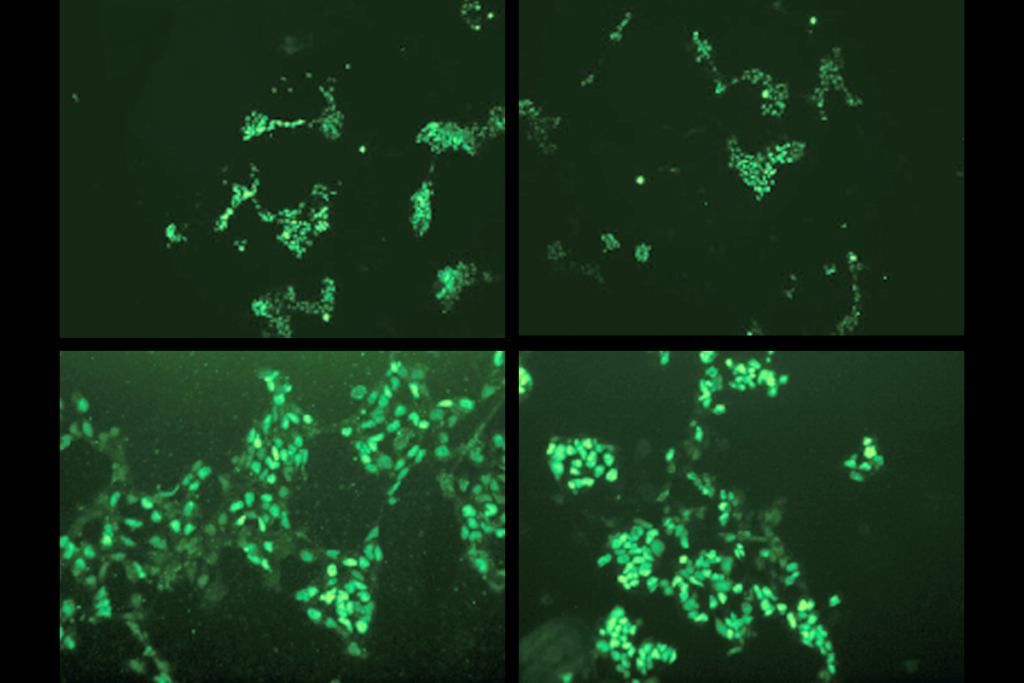Last month, on the first morning of the annual International Society for Autism Research conference, hundreds of autism researchers filed into an auditorium and listened to neuroscientist Damien Fair deliver a spirited keynote on null results. The hour-long talk focused broadly how neuroscience operates in an era of big data, but Fair also delved into how disincentives to publish negative findings pose barriers to understanding the brain. As he so directly put it: “Our institutions are set up in a way that does not value null results.”
The talk was popular on Twitter and certainly rang true to me, especially as this marks a milestone 10th edition of this newsletter. In 15 months, I’ve come across many more autism-related null results, replications, confirmations and verifications than I expected — enough to double the newsletter’s frequency this year — and yet, as many studies note, there’s still a need for more attention to and less publication bias against such work.
Here is this month’s crop. The next few editions of the newsletter will come from Spectrum intern Emily Harris while I’m out on leave. As always, thanks for reading, and send your thoughts, papers and suggestions to [email protected] or [email protected].
‘Little brain,’ big study:
Any textbook will tell you that the cerebellum — the ‘little brain’ below the cerebrum — controls motor behaviors. But in recent years, as researchers have discovered surprising connections between the cerebellum and autism, its exact role has proved difficult to parse.
A 2018 review found a link between cerebellar volume and autism, but the investigators attributed it — at least in part — to publication bias against null results. A new study attempted to settle the question using a larger sample size and multiple statistical strategies. The researchers found no differences in cerebellar structure or anatomy between 274 autistic and 219 non-autistic participants in the Longitudinal European Autism Project (LEAP).
In both the LEAP group and a separate cohort of 352 people with autism traits but no formal diagnosis, atypicalities in the cerebellum did not correlate with social or repetitive behaviors, scores on an autism assessment, IQ or traits that often accompany autism, such as atypical sensory processing.
“In the context of replicability and reproducibility issues in science,” the researchers write, “our paper underlines the interest of using different statistical [and] neuroimaging methods and a large sample to address the same research question and avoid inconsistent results.”
The findings were published in Biological Psychiatry in May.
Social subgroups:
Autism is currently diagnosed on the basis of social difficulties and repetitive behaviors — but many researchers are seeking to subdivide those traits further. A 2016 analysis of 238 children with and without autism found that the broad category of social difficulties could be split into problems with “basic social communication” — such as interpreting facial expressions and gestures — and “interaction quality” — or the amount and depth of back-and-forth exchanges during a conversation. Challenges with the former are specific to autism, the study found, whereas difficulties with the latter might better reflect other diagnoses.
A new study replicated the results in a separate group of 1,363 people, 557 of whom have autism. (The remaining participants have a different psychiatric diagnosis.) Repetitive behaviors are more predictive of an autism diagnosis than either of the two social measures, the analysis found, suggesting that such behaviors are “cardinal features” of autism.
The findings were published in JCPP Advances in May.
Et al.:
- Autistic and non-autistic people have few to no differences in neuronal connectivity across the brain, as measured by resting-state electroencephalography. Molecular Autism
- Women and girls with mutations in the gene DDX3X show similar autism traits to those with other genetic causes of intellectual disability. Journal of Autism and Developmental Disorders
- Children with and without autism spend equal time looking at the same objects as their parents during play, according to an eye-tracking study of such ‘joint attention.’ Current Biology
- Neither autism nor autism traits are associated with the brain’s response to surprising sounds, though sensory sensitives are. Autism Research
- Nonverbal autistic children can learn to request items by way of augmentative alternative communication, according to a small replication study of the method. Behavioral Interventions
- Mice with mutations in the autism-linked gene SCN1A have typical activity in their inhibitory and excitatory synapses, despite prior findings showing that reduced expression of the gene, which encodes a sodium channel, suppresses inhibitory neuron activity. eNeuro
- A study of nearly 25,000 children exposed to epilepsy drugs in utero echoes previous findings that some of the medications are associated with higher odds of neurodevelopmental conditions. JAMA Neurology






